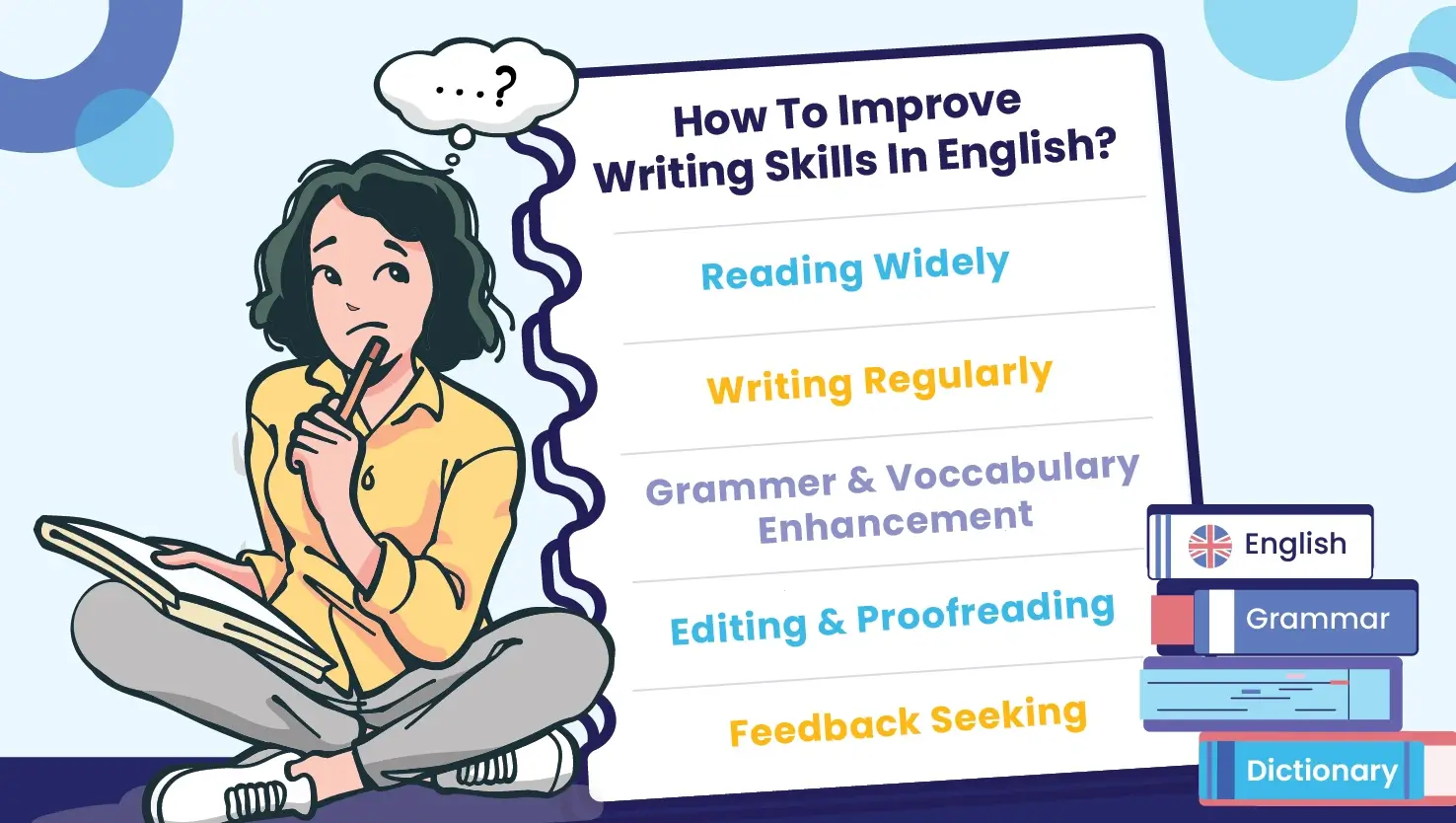
Have you wondered how boring the English language would be if there hadn't been any language techniques? Imagine expressing yourself without idioms. Instead of saying it's raining cats and dogs, you'd simply say, 'It's raining heavily.'
Or consider a world without personification where instead of saying, 'The sun kissed me while I was outside,' you would say, 'It was sunny outside'. There would be no life to our words and no emotions while we convey. As a student, not using any language technique in academic writing makes your writing bland and lifeless. If you want to breathe life into your writing, let us explore ten language techniques to elevate your academic writing.
Language techniques, also known as literary devices, are used by writers and authors to convey a mood or emotion. They help magnify the narrative of writing to make it more interesting and engaging. As is known, there are more than 20 different types of language techniques in the English language, each with a distinct purpose, meaning, and usage. Whether writing an essay or a novel, using these language techniques in academic writing helps you produce the best content and ultimately score high.
Among the plethora of language techniques, it is crucial to understand the role they play in academic writing. As we mentioned earlier, without language techniques, your paper will turn monotonous and not impress the professor as you wish. Therefore, let's look at the importance of language techniques in academic writing:-
They allow you to express ideas, mood, and feelings with greater emotional appeal and will enable the professor to experience what you meant.
You can use language techniques across different academic forms and styles, from essays and assignments to research papers.
You may also like: Tips to Check Plagiarism in Your Assignment
Your First Order
Get 20% OFF!
Also known as literary devices, these are used to evoke an emotion and create specific effects in writing. Some examples include:-
Irony
Juxtaposition
Cliffhanger
Foreshadowing
These techniques persuade the audience and make the writing more compelling. Some examples include:-
Repetitions
Call to action
Rhetorical question
Innuendo
Figurative language techniques create vivid imagery to express ideas or feelings. Some examples include:-
Metaphor
Pun
Simile
Idiom
These techniques focus on the order of ideas in a sentence, meaning you must organise your text to enhance meaning. Some examples include:-
Flashback
Foreshadowing
Climax
Fragmentation
These techniques help make the reader feel like they are experiencing the scene or the event discussed. Some examples include:-
Adverbs
Symbolism
Mood
Metonymy

Imagery gives the writing more depth by adding visual images and descriptions that make the event objective. It is an excellent technique to allow your professor to picture the acne and leave a lasting mental image.
Example: The old house stood alone in darkness, with its dark windows like empty eyes.
Assonance is the repetition of vowels or syllables. It is very common in speech and academic writing as it creates an inner rhyme.
Example: The flame soon became a game of blame.
Idioms are fixed expressions that give a figurative picture of an otherwise straightforward sentence. You can use them in academic writing as frequently as you like to allow you to decipher the whole meaning.
Example: I think I bit more than I can chew when I promised to complete my assignments and organise an event.
Click here to explore: 8 Best Prioritising Strategies For Students
Rhymes are repetitions of similar-sounding words or phrases that gratify memory. It is used in academic writing to make it easier to remember.
Example: In the empty lecture hall, our echoes bounce off the wall.
Personification refers to attributing life to a non-living entity. This technique turns non-living objects into purpose to feel connected.
Example: The storm was so angry that it pounded on the window.
Onomatopoeia is a technique where the sound effect of a word can be used to create a tone or atmosphere. This language technique in academic writing draws your attention to the sound, making the sentence more meaningful.
Example: The fan whooshed overhead, bringing a slight breeze.
It is a figure of speech that compares a person or an object with another unrelated thing. It is like an analogy to illustrate a concept and make it easier to understand with a comparison.
Example: My mom has a heart of gold while my day is a stone heart.
With repetition, you must use the same word or phrase many times in a sentence. The reason behind this language technique is to emphasise a point and make it more prominent.
Example: Time and time again, the professor reminds us to complete our assignments.
An imperative language technique commands or gives directions in a sentence. Academic writing typically conveys requests, instructions, orders or cautions.
Example: Ensure you cite all your sources in the appropriate referencing style.
Alliteration is the repetition of consonant sounds at the beginning of a sentence in succession. This language technique can add a musical quality to academic writing.
Example: Ben picked a book from his bag.
This blog post taught us language techniques and their importance in academic writing. From metaphors to imagery, these language techniques bring words to life and impact your writing. When you apply them in your educational papers, they transform from monotonous narrative to transfixing writing. We hope these academic writing tips on language techniques provide the clarity you need to apply them in your writing from now on. After all, without language techniques, your writing falls flat (pun intended)!